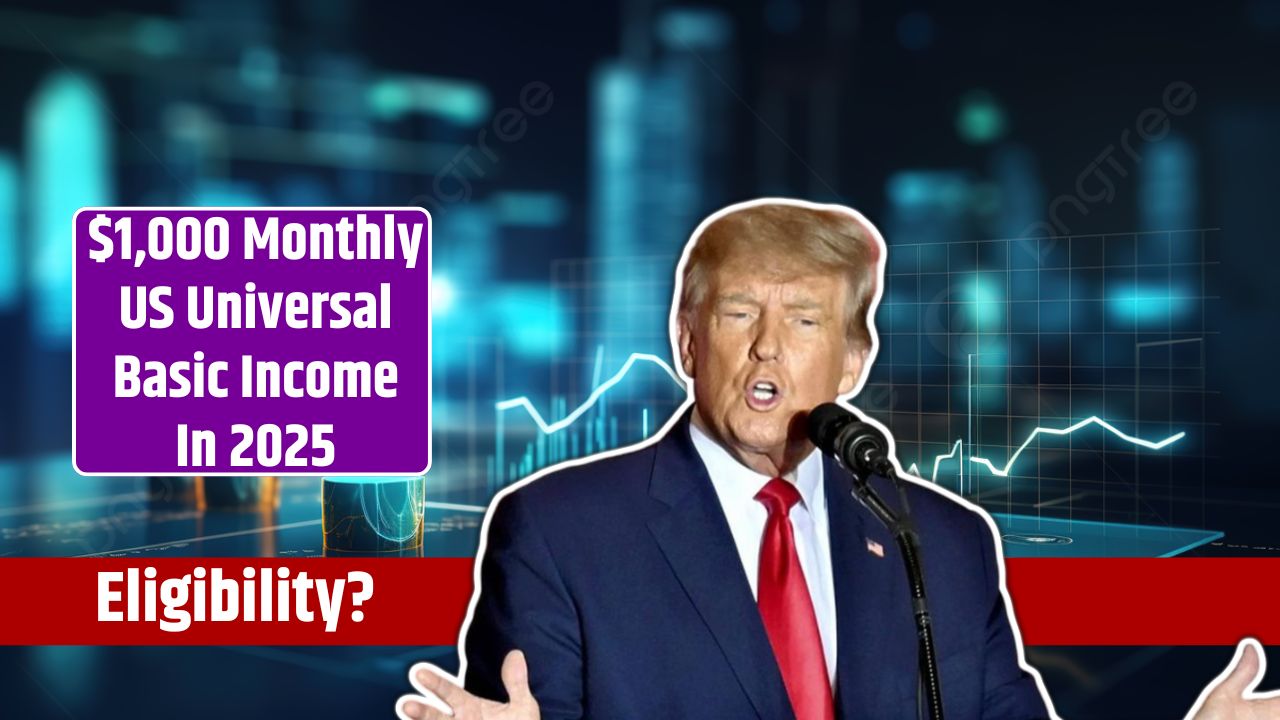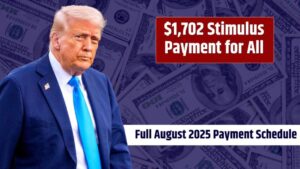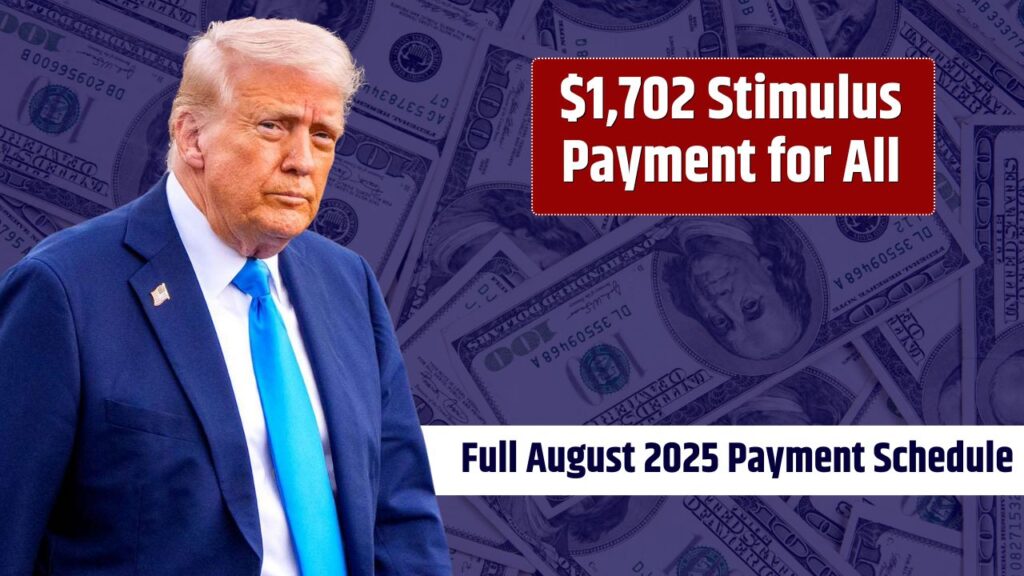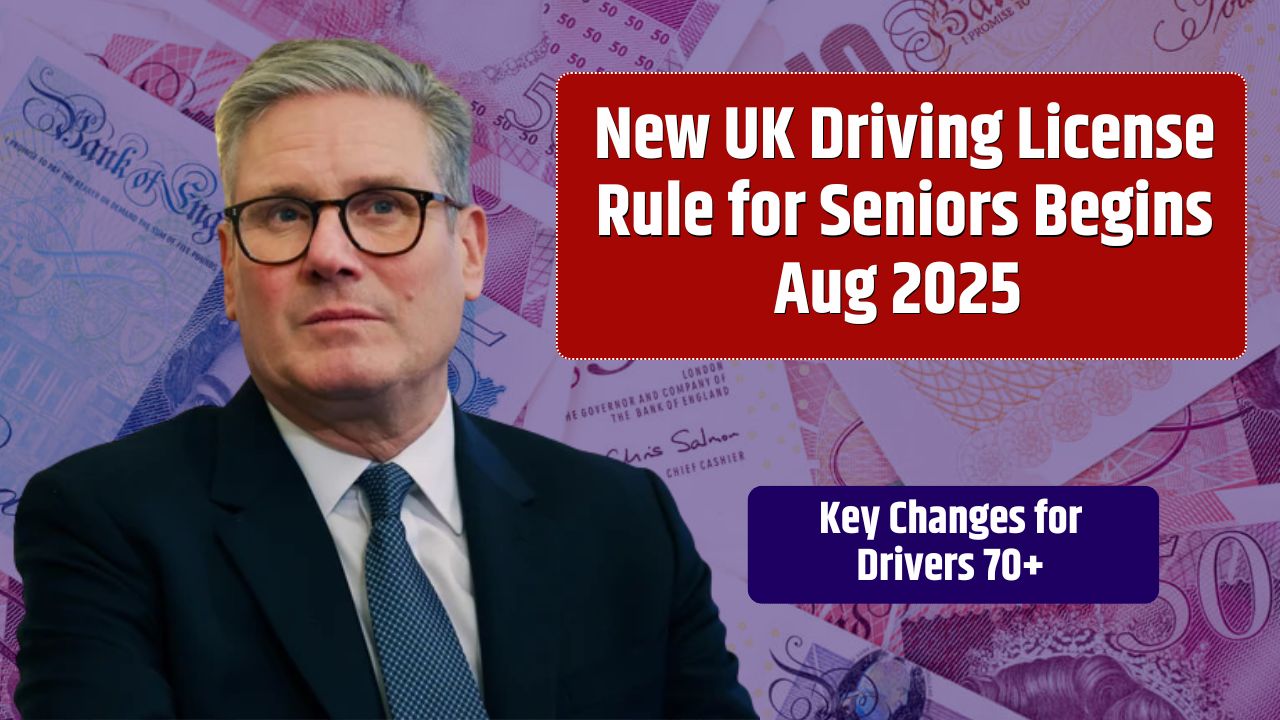Universal Basic Income (UBI) has been a hot topic in economic and political circles for years.
In 2025, the US Universal Basic Income Proposal is gaining momentum as policymakers seek solutions to income inequality, economic insecurity, and automation-driven job losses.
The proposal aims to provide $1,000 per month to eligible individuals, offering financial stability and a safety net for millions. But how will it work? Who qualifies? And how will it be funded? This guide explores everything you need to know about the US UBI Proposal 2025.
Overview of the US Universal Basic Income Proposal 2025
| Aspect | Details |
|---|---|
| Policy Name | Universal Basic Income (UBI) Proposal 2025 |
| Proposed Payment | $1,000 per month per eligible adult |
| Eligibility | US citizens and legal residents, aged 18+ with income below $75,000 |
| Funding Mechanism | Taxes on large corporations, wealth taxes, and carbon taxes |
| Goals | Reduce poverty, address economic insecurity, and prepare for automation-driven job losses |
| Pilot Programs | Stockton, CA, and other trials showed positive results |
| Official Status | Under debate in Congress, potential rollout by late 2025 |
| More Information | US Government Policy Page (pending updates) |
What is Universal Basic Income (UBI)?
Universal Basic Income (UBI) is a policy that guarantees a regular, unconditional payment to individuals, regardless of their employment status. The main objectives of UBI include:
Reducing Poverty – Ensuring people can afford basic needs like food, housing, and healthcare.
Economic Stability – Providing a financial cushion during recessions or economic downturns.
Preparing for Automation – Supporting workers displaced by automation and AI-driven job losses.
The US UBI Proposal 2025 builds on these principles, offering $1,000 per month to qualifying individuals.
Eligibility Criteria for UBI 2025
Not everyone will automatically qualify for UBI. The proposed eligibility criteria include:
1. Citizenship or Legal Residency
Must be a US citizen or legal resident.
Non-residents and undocumented immigrants do not qualify.
2. Age Requirement
Must be 18 years or older.
3. Income Threshold
Designed to help low- and middle-income individuals.
Priority for those earning below $75,000 per year.
Higher earners may not qualify for full payments.
4. Tax Compliance
Must file federal income taxes regularly.
May require a valid Social Security Number (SSN) or Taxpayer Identification Number (TIN).
How Will the UBI Proposal Work?
1. Monthly Payments
$1,000 per month paid via direct bank transfer or prepaid debit cards.
Unconditional payments – recipients can spend it however they choose.
2. Funding Mechanism
The UBI program is expected to be funded through:
Wealth Taxes – Higher taxes on individuals earning over $10 million annually.
Corporate Taxes – Increased taxes on large corporations, particularly those benefiting from automation.
Carbon Taxes – Environmental taxes on high-emission industries.
3. Integration with Existing Programs
UBI may replace or supplement existing welfare programs.
Some Social Security recipients may still qualify.
Medicaid, housing, and food assistance programs will likely remain separate.
4. Periodic Reviews
The program will undergo regular audits to ensure efficiency.
Data from pilot programs will help improve implementation.
Benefits of the UBI Proposal
1. Reducing Economic Inequality
Helps low- and middle-income families afford basic needs.
Reduces the wealth gap between rich and poor.
2. Encouraging Entrepreneurship
A financial safety net allows people to take business risks.
More individuals can invest in education and skills training.
3. Improving Health & Well-being
Studies show UBI reduces stress, improves mental health, and increases access to healthcare.
Recipients report better food security and nutrition.
4. Preparing for Job Automation
As automation replaces jobs, UBI can provide financial stability for workers transitioning to new careers.
Challenges & Criticisms of UBI
Despite its potential benefits, the UBI proposal faces key challenges:
1. High Costs
Estimated $3 trillion annually, raising concerns about budget strain.
2. Work Disincentive Debate
Some fear UBI may discourage employment, though pilot studies suggest otherwise.
3. Implementation Complexity
Preventing fraud and ensuring accurate payments will require strong oversight.
4. Political Resistance
Some lawmakers oppose UBI, fearing its impact on existing welfare programs and federal debt.
Lessons from Previous UBI Pilots
Several UBI pilot programs in the US and globally provide insights into its potential impact.
1. Stockton, California (2019-2021)
125 residents received $500 per month for two years.
Results: Improved financial stability, reduced anxiety, and increased full-time employment.
2. Finland (2017-2018)
2,000 unemployed people received €560 per month.
Mental health improved, but employment effects were minimal.
3. Kenya (2016-Ongoing)
Over 20,000 people received monthly UBI payments.
Better health, education, and economic activity observed.
These studies show that UBI helps people stabilize their lives, but its long-term economic effects remain a subject of debate.
The US Universal Basic Income Proposal 2025 is a bold step toward financial security, but its costs, feasibility, and political acceptance remain major challenges.
If implemented, UBI could lift millions out of poverty, boost entrepreneurship, and prepare workers for automation.
However, funding and implementation must be carefully managed to ensure long-term sustainability.
As the proposal moves through Congress, the debate on the future of UBI in the US continues.
Stay updated on government announcements and policy changes for the latest information.










